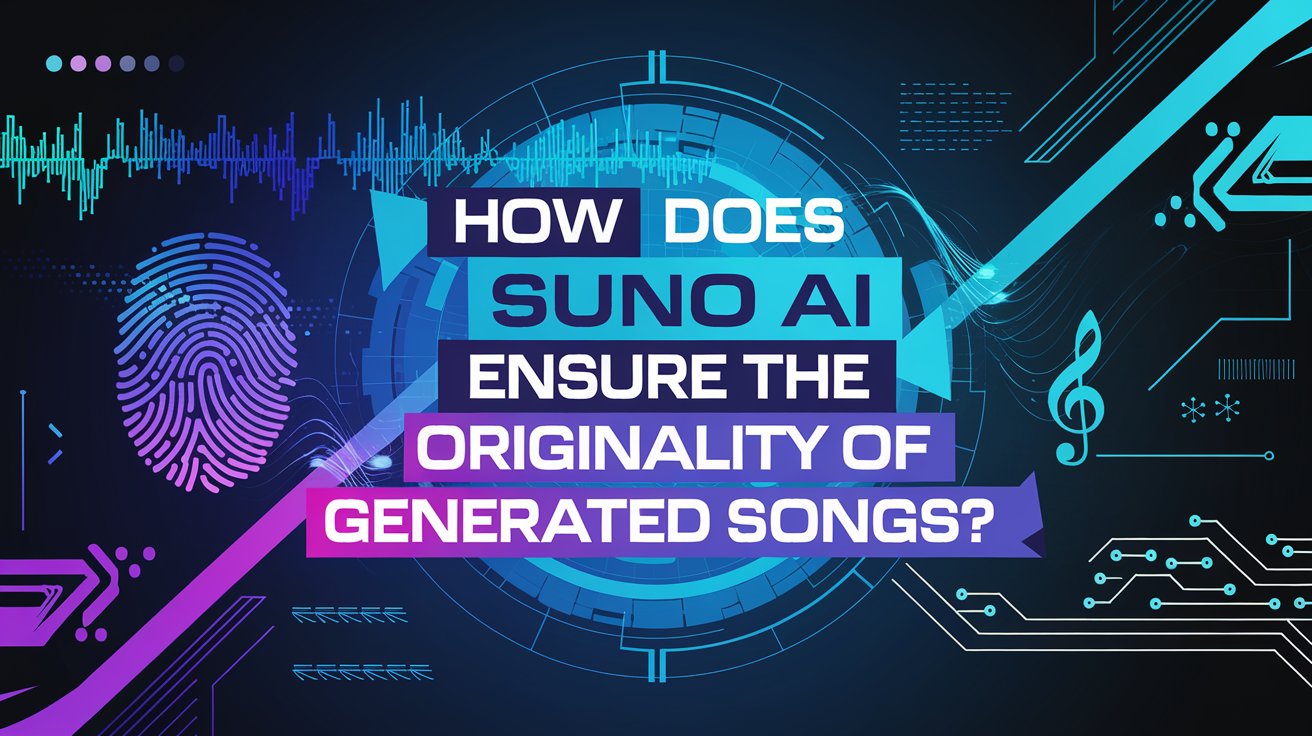Suno AI has become a trailblazer in AI-generated music by combining advanced technology with creative safeguards to ensure originality. Here’s how the platform maintains uniqueness while navigating the complex landscape of music creation and copyright:
Core Technology for Original Composition
Suno AI uses a blend of transformer models, diffusion models, and large language models (LLMs) to generate music. These systems analyze patterns in existing music—like chord progressions, rhythms, and lyrical structures—without directly copying specific tracks. For example:
- Lyrics by ReMi: Introduced in Suno V4, this feature crafts sharper, more creative lyrics by avoiding overused phrases and clichés.
- Diffusion models: Refine raw musical ideas into polished tracks, ensuring each song evolves uniquely based on user prompts.
- Custom Mode: Splits prompts into lyrics and style inputs, allowing users to guide the AI toward distinct outcomes.
This approach mirrors how human musicians learn genres and styles, enabling Suno to produce fresh compositions rather than replicas.
Safeguards Against Copyright Infringement
To address legal and ethical concerns, Suno implements several protective measures:
- Proprietary Watermarking:
Every track generated includes an inaudible watermark, allowing Suno to verify its origin and prevent unauthorized claims. - No Artist Voice/Style Replication:
Unlike some AI tools, Suno avoids mimicking established artists’ voices or signature styles. Instead, it creates original vocal tones and instrumental arrangements. - Training Data Transparency:
While Suno admits its models are trained on publicly available music (including copyrighted material), it argues this falls under fair use—a legal stance currently being tested in lawsuits.
User-Driven Customization
Originality often stems from how users interact with the platform:
- Prompt Specificity: Detailed prompts (e.g., “synthwave ballad about a robot’s existential crisis, 90 BPM, haunting vocals”) yield more unique results by steering the AI away from generic outputs.
- Audio Input & Extend Feature: Users can upload original recordings, which Suno uses as a foundation for new tracks. This blends human creativity with AI augmentation.
- Real-Time Collaboration: Musicians can co-create tracks via Discord, adding layers of human input that AI alone can’t replicate.
Legal and Ethical Challenges
Despite these efforts, Suno faces criticism:
- RIAA Lawsuits: Major record labels allege Suno’s training data includes copyrighted songs without proper licensing. Suno counters that its process is transformative and protected by fair use.
- Copyright Ambiguity: U.S. law currently denies copyright protection to fully AI-generated works, raising questions about ownership. Paid Suno users own their tracks, but free-tier songs belong to Suno.
- “Human-Like” vs. “Human-Made”: While Suno’s V4 vocals and lyrics are strikingly natural, critics argue AI music lacks the emotional depth of human artistry—a subjective boundary the platform continues to navigate.
Case Study: How a Song Comes to Life
- A user submits the prompt: “Jazz-funk fusion with scat vocals, inspired by 1970s NYC loft parties.”
- The ReMi model generates quirky, era-appropriate lyrics without quoting existing songs.
- Diffusion models arrange brass, basslines, and percussion using genre patterns, not specific tracks.
- The output is watermarked and checked against Suno’s database to confirm uniqueness.
The Road Ahead
Suno’s commitment to originality hinges on:
- Technical Innovation: Enhancing AI’s ability to avoid repetitive structures and abrupt endings (a noted flaw in V4).
- Legal Precedents: Outcomes of ongoing lawsuits could reshape how AI tools use training data.
- Artist Collaboration: Partnerships with musicians like Timbaland suggest a future where AI amplifies human creativity rather than replacing it.
By balancing cutting-edge tech with ethical guardrails, Suno AI aims to democratize music creation while respecting artistic integrity. Its success will depend on navigating legal hurdles and evolving alongside both user needs and industry standards.



